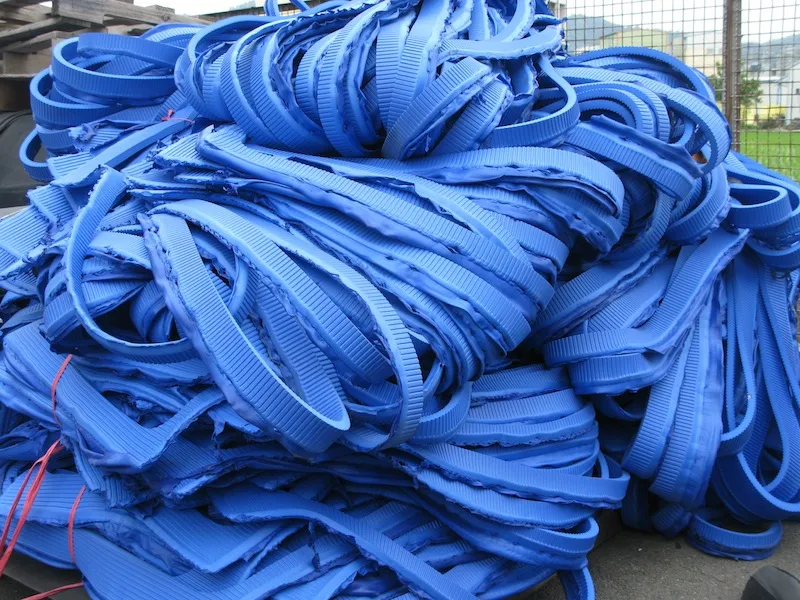About synthetic rubber scrap
Introduction to Synthetic Rubber Scrap
Synthetic rubber scrap represents one of the most vital resources in the recycling industry, offering a sustainable solution to the disposal of non-biodegradable materials. As industries move towards environmentally-friendly practices, the demand for synthetic rubber scrap has surged. This product not only mitigates waste but also recycles valuable materials for reuse in various industries, thereby contributing to a circular economy.
Types of Synthetic Rubber Scrap
- Crumb Rubber: This type of scrap is produced by shredding scrap tires and other rubber products into small pieces. It is extensively used in sports surfaces and as a raw material in the manufacturing of new rubber products.
- Shredded Rubber: Similar to crumb rubber but maintains slightly larger chunks. It is often used in landscaping, providing excellent drainage and aeration when applied to gardens and lawns.
- Rubber Bale Scrap: These are unshredded bundles of synthetic rubber, often originating from manufacturing defects. They can be processed further into usable forms.
- Flooring Rubber Scrap: Sourced from worn-out rubber flooring products, this material can be repurposed in the production of new flooring solutions or as a cushioning material in various applications.
Applications of Synthetic Rubber Scrap
- Construction Materials: Recycled synthetic rubber scrap is commonly used as a component in asphalt mixtures, enhancing the durability and performance of roads.
- Automotive Industry: Businesses use synthetic rubber scrap to manufacture new tires and other automotive components, significantly reducing manufacturing costs and waste.
- Sports and Recreational Surfaces: Many sports facilities utilize crumb rubber to create safe, durable surfaces for fields and tracks.
- Landscaping: Shredded rubber can be effectively used in playgrounds and as mulch for gardens, offering excellent safety and aesthetic appeal.
Advantages of Using Synthetic Rubber Scrap
- Environmental Benefits: Recycling synthetic rubber mitigates the impact of waste on landfills, reducing pollution and promoting sustainability.
- Cost-Effective: Utilizing synthetic rubber scrap allows manufacturers to lower production costs while maintaining quality, creating a win-win for both businesses and consumers.
- Durability: Products made from synthetic rubber scrap often boast enhanced durability and performance, making them suitable for high-pressure applications.
- Resource Conservation: By recycling synthetic rubber, industries conserve valuable resources and energy, making the manufacturing process more efficient.

